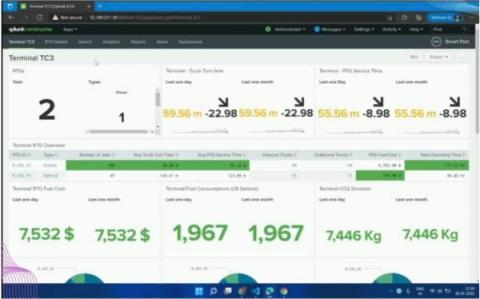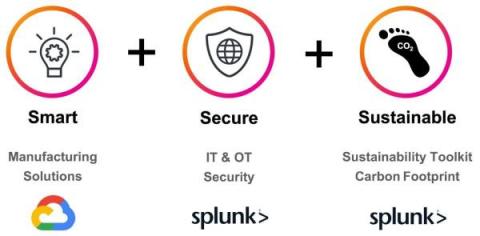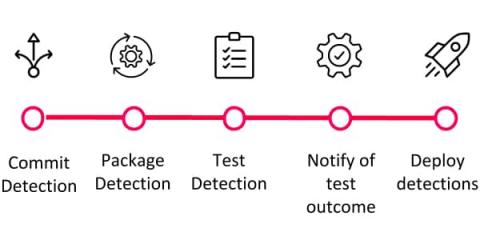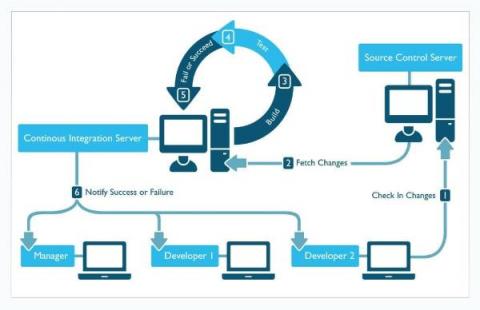The Power Of The Ecosystem: Intel and Splunk Help Partners Bring Data To Life
Last year, International Data Corporation released its Data GlobalSphere Forecast, 2021-25, in which it outlined the projected 23% compound annual growth in data, leaping to 175 zettabytes of data globally. So the natural question becomes, what will the world do with that much data? And, more importantly, what can your business do with your data?






